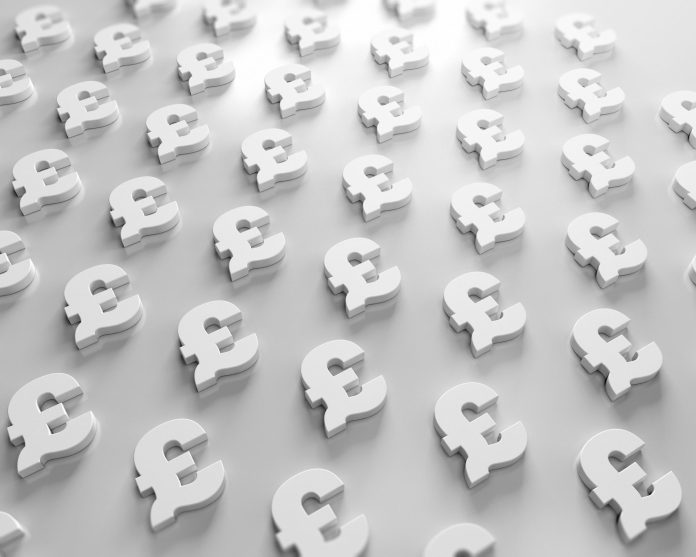The pound has had a significant drop to a 14-month low against the US dollar highlights a growing crisis of confidence in the UK economy.
Nigel Green, CEO of deVere Group, one of the world’s largest independent financial advisory and asset management firms, warns that the “negative momentum surrounding sterling could worsen, with the currency at risk of losing up to an additional 5%.”
On Friday, sterling fell sharply to $1.23 before making a slight recovery. This recent decline follows a sharp sell-off in British government bonds, known as gilts, which has led to a surge in borrowing costs.
The rise in gilt yields reflects deeper concerns over the UK’s fiscal health, political instability, and struggling economic performance.
“The pound is being hit on multiple fronts,” says Nigel Green.
“Bond market turbulence, fears over unsustainable debt, and a lack of investor confidence in Britain’s long-term prospects are all combining to pull sterling lower. Unless we see decisive action, further losses seem inevitable.”
The gilt market’s instability has added a new layer of pressure on Chancellor Rachel Reeves.
Yields, which move inversely to prices, have surged as investors demand higher returns to hold UK debt, reflecting growing scepticism about the country’s ability to manage its finances effectively. This has raised the cost of borrowing for the government and, by extension, households and businesses, further dampening economic sentiment.
The pound’s slide is exacerbated by the broader strength of the US dollar. With US Treasury yields climbing and the Federal Reserve maintaining a hawkish tone, the dollar has reinforced its position as a safe haven, attracting investors looking to shield themselves from the uncertainty surrounding UK assets.
The deVere Group CEO explains: “The combination of a robust dollar and a weakening pound is accelerating the capital flight from sterling. Investors are turning to safer currencies and assets, as the UK appears increasingly fragile in this turbulent environment.”
The consequences of sterling’s fall extend well beyond currency markets. The devaluation risks driving up the cost of imports, which would add to the UK’s already stubborn inflation problem.
For businesses, particularly those reliant on imports or exposed to global markets, the weaker pound is likely to increase costs and squeeze margins. For households, it means higher prices for everyday goods, compounding the economic strain already felt by many.
Despite this, markets are doubtful about whether policymakers can regain control. The sell-off in gilts and the pound is not merely technical; it reflects deeper anxieties about Britain’s political and economic direction.
The government faces the dual challenge of reassuring markets while addressing long-standing structural weaknesses that have left the UK economy exposed.
Nigel Green comments: “The trajectory of the pound is a reflection of broader uncertainties. Markets are sending a clear message: the UK needs to take bold, effective steps to restore confidence, or risk further economic fallout. Investors are losing patience.”
The current environment is prompting many to look for opportunities outside sterling.
“US dollar-denominated assets are emerging as a key beneficiary of this shift, while other global currencies and asset classes are also seeing increased interest. For those willing to adapt, the turbulence in sterling markets presents both risks and rewards,” he concludes.



 Bitcoin
Bitcoin  Ethereum
Ethereum  Tether
Tether  XRP
XRP  Solana
Solana  USDC
USDC  Cardano
Cardano  TRON
TRON  Lido Staked Ether
Lido Staked Ether  Avalanche
Avalanche  Toncoin
Toncoin